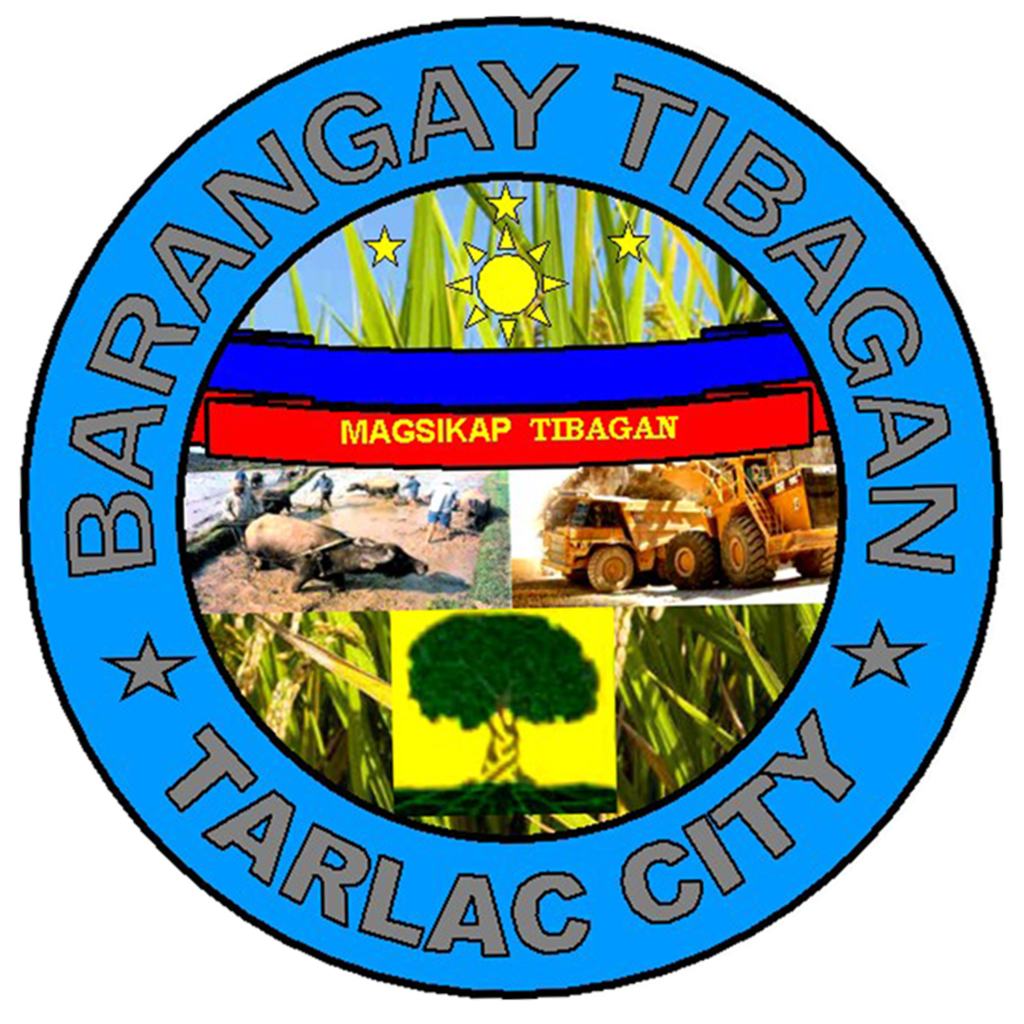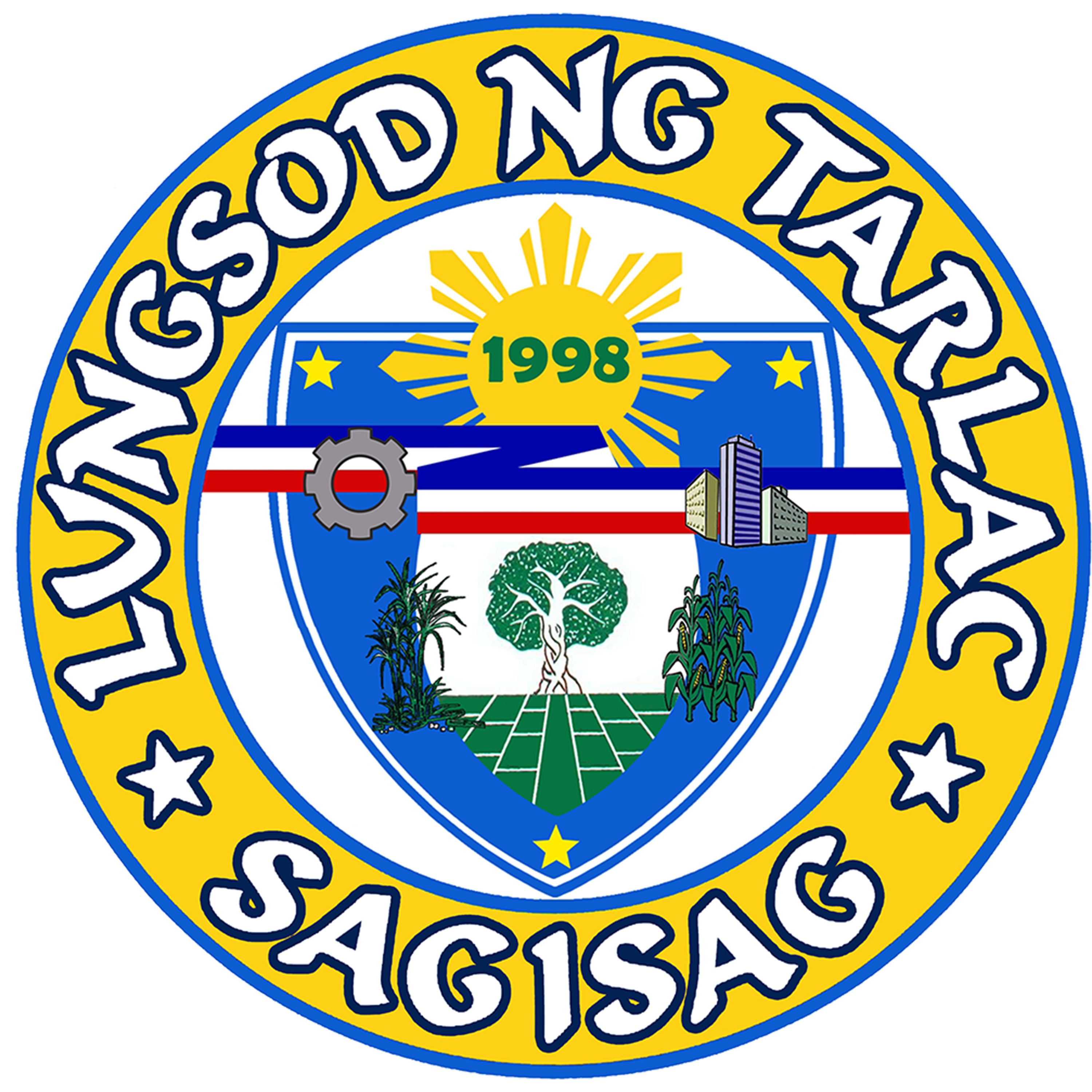
BARANGAY TIBAGAN HISTORY
Barangay Tibagan bounds Barangay Care on the North, Balanti on the Southeast, and Municipality of San Jose on the West, Sapang Maragul on the Northeast and Barangay Tibag on the East.
It is approximately 6.8 kilometers away from city proper. It has a total land area of 764.38 hectares, which corresponds to agricultural and residential area.
Barangay Tibagan classified as Rural Barangay, it has a total population of three thousand six hundred sixty one (3,661) as of 2005, and a household population of fivr hundred ninety nine (599).
Barangay Tibagan was both agricultural and residential area. Agriculture is one of their primary sources of livelihood. Approximately 70% of the total populace here were farmers. They cultivate palay, vegetables, corn and so on. Some residents have their own business stall such as sari-sari stores and so on.
Moriones River lies between Barangay Balanti and Tibagan. “Tibagin” means shrugging of the soil. They named their place after this situation. The soil is shrugging on one side of their barangay. The word “Tibagin” was transformed to “Tibagan” to preserve the word “Tibagin”, they used “an” instead of “in”. Tibagan then was part of Barangay Tibag, one of its Sitios. However, in 1964 some concern citizens decided to file a petition that the latter become an independent and separated barangay
The first settlers of this barangay are the Mallari, Bondoc, Agapito, Magday, Soriano, Jimenez, Castañed and Vergara family.
Ninety percent of the total populations are Pampango, and the rest are Tagalog, Bisaya, Pangasinense, and Ilocano.
Barangay Tibagan celebrates their fest day every 9th day of January as a thanksgiving to their Patron the Black Nazarene. The Black Nazarene is a life-sized, dark-skinned, wooden sculpture ofJesus Christ held to be miraculous by its devotees.
